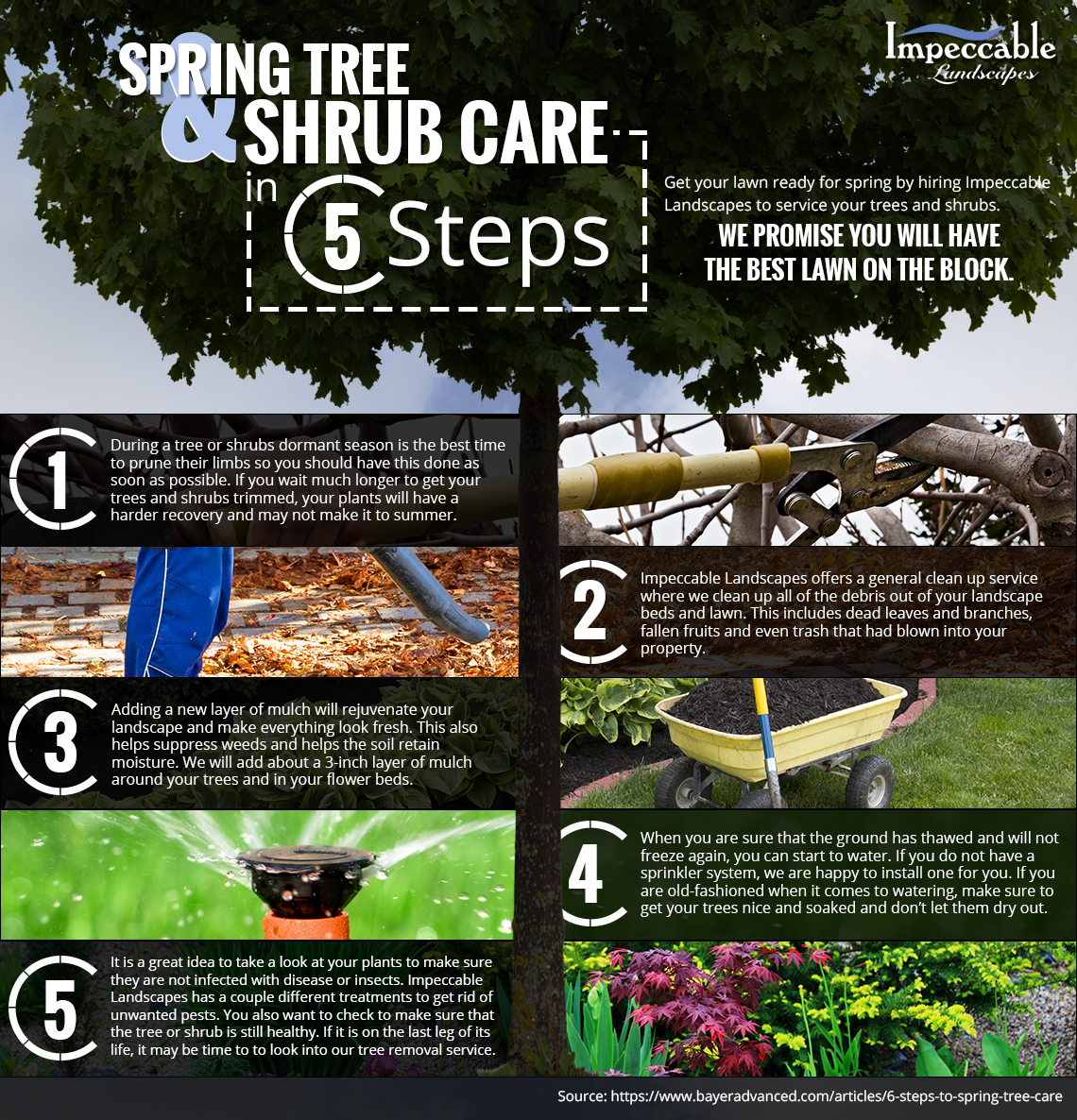Reveal Strategies For Maintaining A Healthy And Balanced Habitat After The Trees Have Actually Been Removed
Reveal Strategies For Maintaining A Healthy And Balanced Habitat After The Trees Have Actually Been Removed
Blog Article
Short Article Developed By-
When it concerns seasonal tree care, guaranteeing appropriate monitoring before and after removal can dramatically impact the wellness and visual appeals of your landscape. By recognizing the necessary steps associated with evaluating tree health and planning for removal, you can proactively secure your residential property. However what concerning the vital practices to adhere to as soon as the tree is gone? Keep tuned to discover the vital post-removal treatment actions that will certainly help you cultivate a thriving and lasting environment for your trees.
Pre-Removal Tree Care
Before dealing with the removal of a tree, it's critical to prioritize pre-removal tree care. Beginning by examining the tree's health and architectural honesty. Seek indications of condition, parasite infestations, or any structural problems that might pose a safety risk throughout removal. It's important to consult with a qualified arborist to establish the best course of action.
Pruning dead or unhealthy branches can avoid further damage to the tree and ensure a smoother removal procedure.
Additionally, think about the ecological impact of removing the tree. Trees play a crucial duty in our ecosystem, so growing a new tree in an ideal location can help counter any loss. Make sure that you have the necessary permits and permissions for tree removal, specifically if the tree is shielded by local policies.
Seasonal Upkeep Tips
Examining your tree's requirements throughout the year is imperative for its health and longevity. To keep your trees in top condition, follow these seasonal maintenance pointers.
In springtime, focus on pruning to eliminate dead or broken branches and motivate new growth.
Summer calls for normal watering, particularly throughout dry spells, to guarantee your tree stays hydrated.
As arborist climbing harness , keep an eye out for very early indications of disease or anxiety, and consider using mulch to secure the origins during winter season.
In wintertime, be cautious when getting rid of snow from branches to avoid damage, and remain to check your tree's total health and wellness.
Remember to change your treatment routine based upon the specific requirements of your tree varieties and local environment. By staying alert and proactive throughout the periods, you can help your trees thrive and thrive for several years ahead.
Post-Removal Tree Care
To guarantee the health of your landscape even after tree elimination, correct post-removal care is necessary. After a tree is eliminated, it's crucial to fill up the remaining hole with topsoil and portable it to avoid settling. This will assist maintain the integrity of the ground and protect against prospective risks in the future.
Take into trees that count nz planting new greenery in place of the gotten rid of tree to bring back the balance and aesthetic appeals of your landscape. https://www.lamag.com/citythinkblog/housing-solutions-los-angeles/ to promote the development of new plants and prevent dirt erosion.
Inspect the surrounding trees for any type of signs of illness or tension that might have been brought on by the removed tree. Watch out for bugs that might've been drawn in to the previous tree and take safety nets to shield the remaining plant life.
If necessary, consult with a professional arborist to evaluate the influence of the elimination on the bordering trees and determine any kind of extra care needed. By adhering to these post-removal care steps, you can make certain the continued health and charm of your landscape.
Verdict
In conclusion, aggressive seasonal tree care is important for preserving the wellness and balance of your landscape. By examining tree wellness, pruning, and seeking advice from an arborist prior to elimination, you can ensure a risk-free process. After removal, filling up the hole, planting brand-new vegetation, and routine watering will advertise new growth and avoid disintegration. Keep in mind to check surrounding trees for disease and look for additional care steps from an arborist to maintain your landscape prospering.
